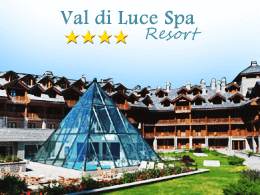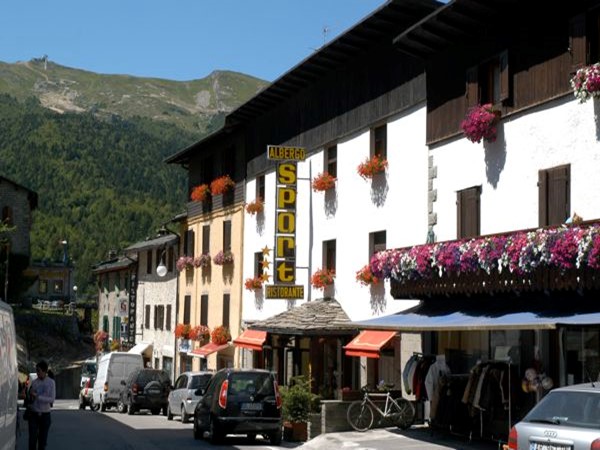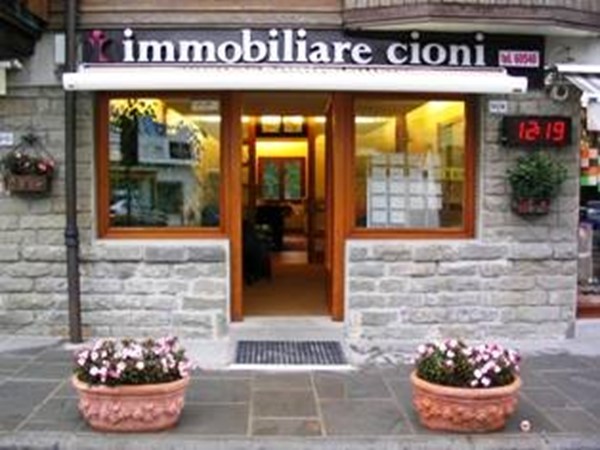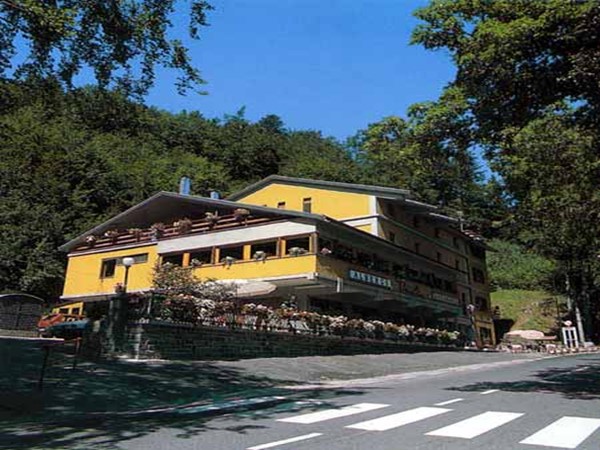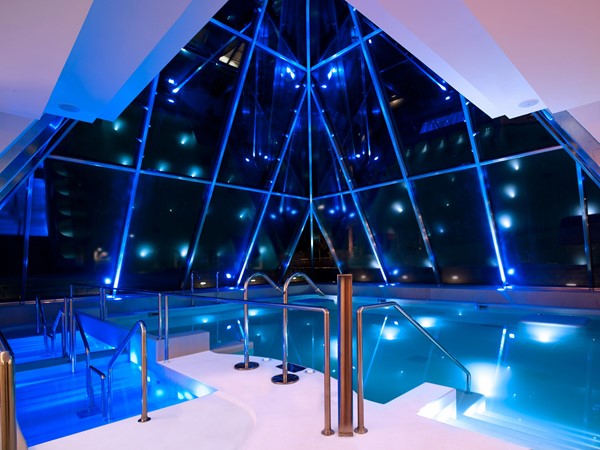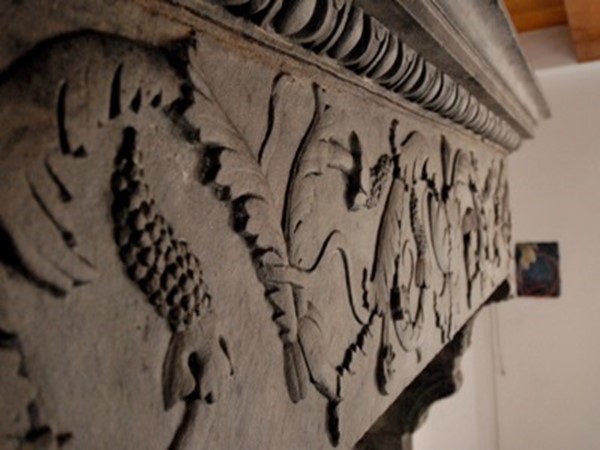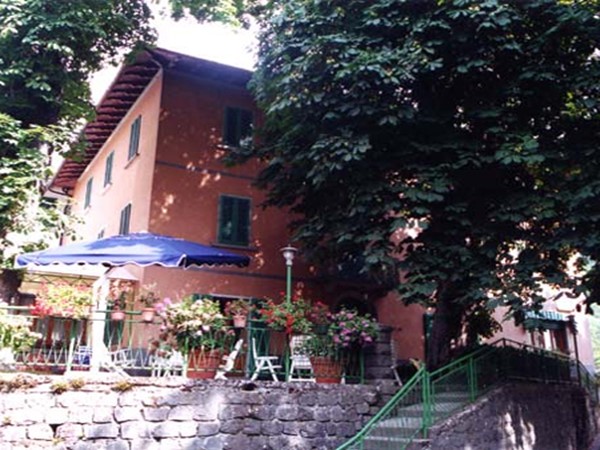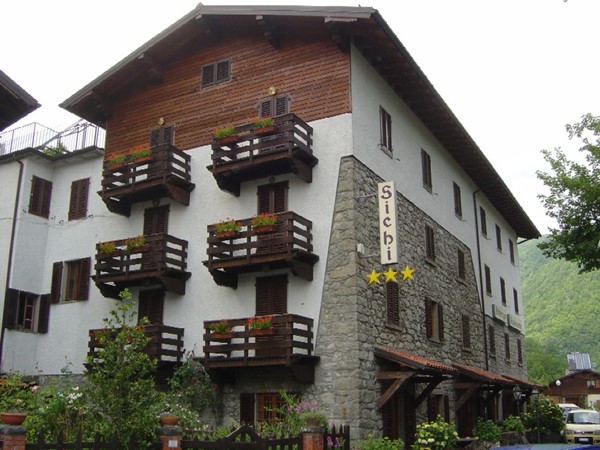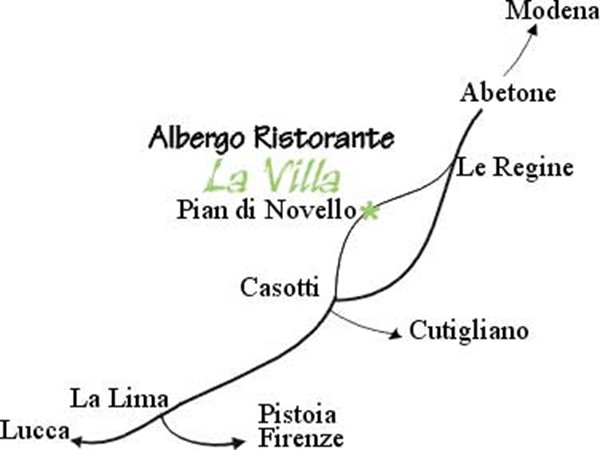Discover the city of Forte dei marmi in Tuscany
Forte dei marmi
Browse categories
The activities in Forte dei marmi
Hotel, Bed and Breakfast, Apartments and numerous services and shops.
Hotel Sport
- via Brennero n.542 Abetone
Real estate agency Cioni
- Via Brennero 546 Abetone
Hotel Primula
- Via Brennero 195 Abetone
Hotel Val di Luce SPA Resort
- Via Val di Luce 22 Abetone
Apartment Palazzo Bondi Santi
- Via Giardini 38 Abetone
Hotel Villa Patrizia
- Viale Europa, 9 Cutigliano (PT) Cutigliano
Hotel Sichi
- viale Beatrice n.59 Pian degli Ontani Cutigliano
Hotel La Villa
- Via Sestaione, 118 - Pian di Novello - Cutigliano Cutigliano
Do you want to go on vacation to Forte dei marmi?
Contact our accommodations and save on commissions.
CLICCA QUAIMPORTANTE
Iscrivi la tua attività su Fortedeimarmi
Ottieni subito la massima visibilità online sia nel settore turistico che per negozi e attività: potrai creare offerte e ricevere richiste direttamente dai clienti tramite email, telefono e Whatsapp!
Iscriviti ora!Why Visit Forte dei marmi
Welcome to the wonderful Forte dei marmi, a jewel of Tuscany, where history intertwines with scenic beauty, and culture is expressed through lifestyle and gastronomy.
The artistic heritage of Forte dei marmi is rich and diverse. A visit to Forte dei marmi means immersing yourself in a fascinating journey. Gastronomy is another unmissable attraction: savor the authentic flavors of Tuscan cuisine in cozy restaurants, where fresh ingredients and tradition merge into unforgettable dishes.
Whether you're an art enthusiast, a nature lover, or simply seeking a relaxing getaway, Forte dei marmi has something special for everyone.




